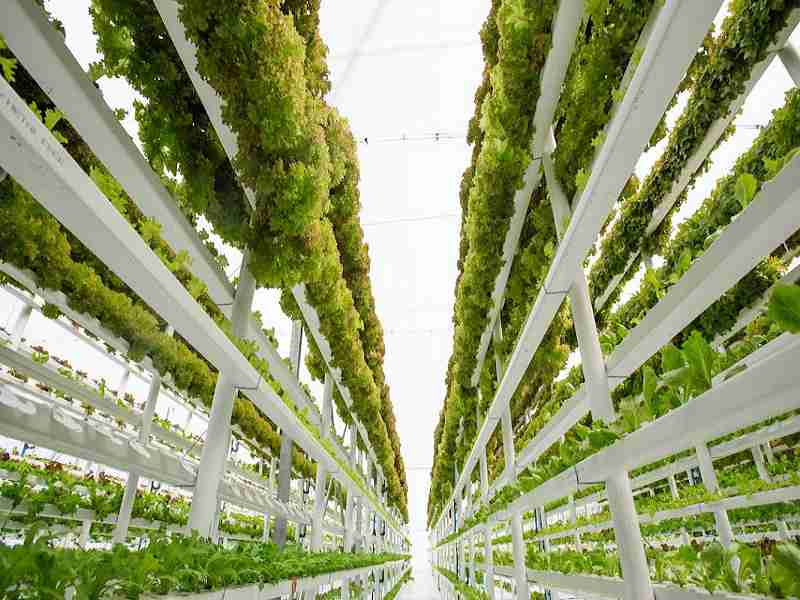What is vertical cultivation and what are its advantages?
Vertical farming uses the power of technology to efficiently grow crops in a controlled environment. This type of cultivation brings many benefits and profitability.
Vertical farming uses the power of technology to efficiently grow crops in a controlled environment.
Preservation of the environment, more food production per square meter of land compared to traditional cultivation and more profitability are the advantages of vertical cultivation that we discuss in this article.
So stay with Speidsaze until the end.
What is vertical farming?
Vertical farming is the process of growing crops vertically to maximize space, usually in the controlled environment of a greenhouse. This method results in high crop yields, enables year-round food production in any climate, and enables farms to focus on goals from safety to quality.
Advantages of vertical cultivation
The vertical farming method in the greenhouse involves growing crops in vertical layers to conserve space. Soilless growing techniques such as hydroponic farming are key to the success of vertical farms. A combination of technology and a controlled growing environment optimizes plant growth, health, flavor and performance.
Here is a look at the benefits of vertical farming that every consumer should be aware of:
Efficient use of space
Vertical farming allows our farmers to grow more food in less space than traditional farming in horizontal rows. Vertical farms can also be built anywhere, regardless of soil quality.
Anything from an abandoned warehouse to a warehouse or shipping container in the city can be turned into a vertical farm. Crops from vertical farms are 100 times more productive than traditional farms.
This means that crops can be grown closer to population centers, even in places where suitable agricultural land is unavailable. Converting former industrial buildings into vertical farms has the potential to save forests that are being cleared to create more farmland.
Food production all year round
Indoor vertical farms can grow 365 days a year regardless of weather conditions. Vertical farms are not as sensitive to the effects of hurricanes or extreme weather events as conventional farms.
A climate-controlled environment allows for reliable food production year-round. This capability means that the consumer has access to fresh and local products in every season.
Is vertical cultivation better or traditional cultivation?
To feed our growing population, we need solutions beyond traditional agriculture. Vertical farming is efficient and reliable and produces more food per square meter than traditional farms.
Traditional agricultural methods require massive inputs of organic and mineral fertilizers to maintain soil health and maximize crop production. These plants are also vulnerable to pests, diseases and adverse weather conditions and require more chemical inputs.
Vertical farms grow crops without soil. Water and nutrients circulate through the plant's roots several times, so there is no waste. Since it is a controlled environment, it is not affected by weather conditions.
Why is the future of agriculture and food production so important?
It is predicted that the world population will exceed 9 billion people by 2050. As our global population grows, nothing is more important than food security and sustainable food production.
Not only that, but industrial development and urban areas with high population density are constantly expanding, meaning that less arable land is available for agriculture in the future. In fact, scientists believe that the Earth has already lost more than a third of its arable land in the past 40 years.
No one knows how much agricultural land we will lose by 2050 and beyond, so maximizing food production in the least amount of space possible is critical.
Vertical farming can be the answer to sustainable agriculture and healthy food production as our population grows and natural resources become more limited.
final word
Vertical farming in the greenhouse offers unique solutions to many of the problems we face. With this method and relying on its advantages that we have introduced you to in this article, there will no longer be the problem of world population increase and lack of food resources, and the conditions will move towards improvement in a controlled manner.
In simpler words, implementing a vertical farming strategy prevents many problems and helps create a more sustainable food system for everyone.

